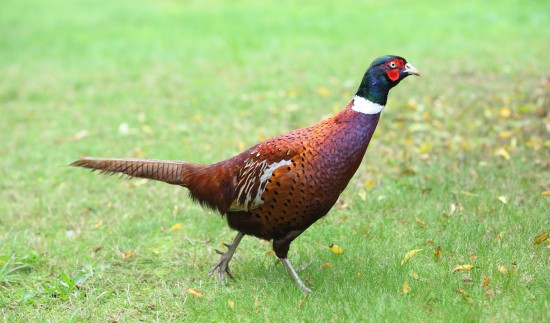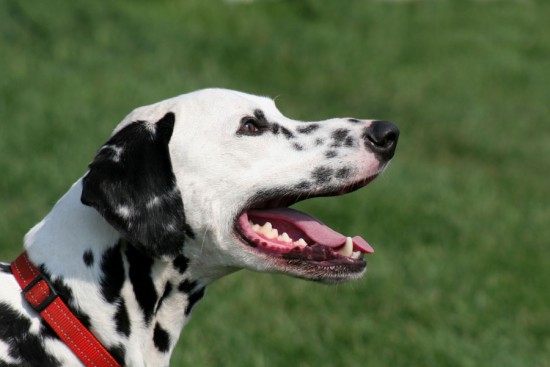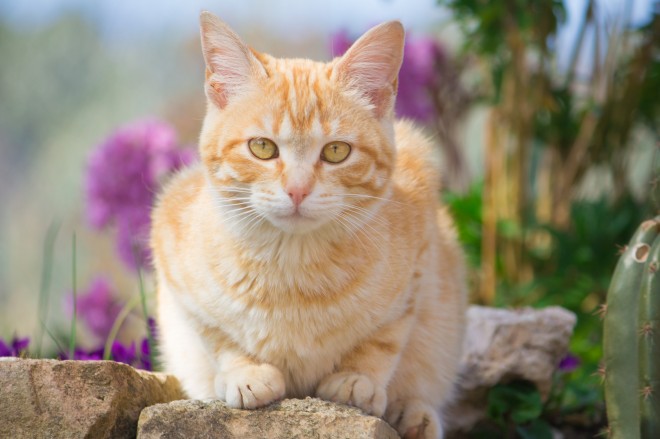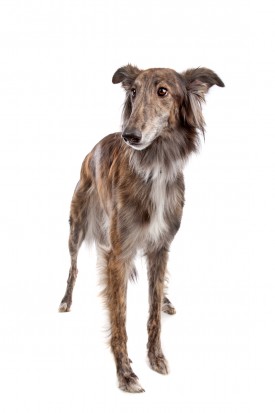

Pheasants can make wonderful pets. Many people are used to see wild pheasants, or associate them with game shooting, so they don’t consider them as potential pets. With their beautiful plumage, they are a great addition to any aviary and can live with other birds such as chickens and ducks. Most are as easy to keep as poultry.
The most important consideration is “do you have the room”. Whether you plan to keep them in an aviary or outdoors, they will need room to roam and shelter from the elements. If you live in the countryside, you must also look at what predators are in the vicinity, and if you have any vermin problems. Rats love grain and eggs, so you will need to protect your birds. Traps in small tubes can help clear nests, as well as getting a few outdoor cats.
The other aspect is how close your neighbours live to your property. Pheasant cock calls are as loud as a cockerel at dawn, which can make you as their owners very unpopular.
How much time you can spend is also key. Pheasants, like hens, will need to be locked in at night and let out every morning. This means you must be able to keep to a routine and always have someone to care for them daily if you go away for any period of time.
There are varying views on which is best. It very much depends on how you judge the risks, as well as the daily care routines you feel comfortable doing.
Pheasants are naturally free roaming game birds. The problem with this is that they can fly a lot higher than chickens, and are frequently wooed away by wild pheasants. If you plan to keep your pheasants with poultry or wildfowl, you will need to increase your fence height to 5 foot. You will also need to have a soft mesh top to the area to stop any birds escaping and predators (or wild pheasants) from getting in. If you do not want to put a mesh on the area, you will need to consider trimming one wing so they cannot fly; this will need to be done frequently. The other option is to “brail” one of their wings. This is a tape that holds one wing together so they cannot fly. This should be changed onto the other wing every four months. You will also need an area you can lock them in at night that is warm, and safe from predators. Getting your pheasants as youngsters will help you tame them so they will be easier to house every night.
Most people opt for an aviary as it is a lot easier to keep the birds safe. A pair should ideally have a run that is 3 metres by 2 metres, which is at least 2 metres high. Soft nylon mesh should cover the roof to stop pheasants flying out and predators getting in. Also make sure the sides of the run are buried deeply to stop rats burrowing in. There must be shelter that is warm, dry and windproof as although the breeds for novice owners can cope with cold weather, they do need protecting from cold winds. The aviary should be on grass, with an area they can dust bath daily to remove parasites. Muddy ground must be avoided, as it can cause disease. Add perches to the shelter and outdoor run, making sure the shelter perches are higher as most birds prefer to roost higher at night. Place sand around the edges of the run so it doesn’t get muddy as the birds strut around the perimeter. Adding shrubs or an outdoor box also gives them a place to hide from the elements.
You should find a breeder who can sell you a pheasant with a known history. There are very few dealers, and eggs or day old chicks are rarely offered for sale. As pheasants are a sociable bird, it is best to buy a pair or three to live together. Ideally this should be one male and two females, and all unrelated. Mixing more than one male with females can lead to fights during the breeding season.
The best breeds for beginners are the Golden, Silver or Lady Amherst’s pheasants, which are hardy in cold weather. They do not require special food to stay healthy. All pheasants can bred and produce fertile eggs in their first year, so always make sure you know their age before you buy.
When visiting a breeder, observe how they handle the birds and how tame they seem to be. If you are new to birds, get them to demonstrate how to check wings, beaks and feet – not only can you see how to do this safely, you will also learn the way the birds have been trained for such inspections.
Pheasants eat a mixture of corn and specially designed Game pellets. These can usually be found at poultry feed retailers. The food should be put in a covered area so they can feed when they want through the day, or liberally scattered throughout the run twice a day. If you want to treat your pheasant, peanuts or sultanas are a favourite treat. Some fruits can also be given occasionally. You will need to adjust your food during the winter and breeding months.
Clean water must always be available. Flint grit or lime stone must also always be in the run, as this helps the birds digest their food.
Known as mainly game meat, potential owners usually opt for chickens as they can also use their eggs. Pheasant eggs are however edible. They are half the size of a chicken egg, with deep yellow yolks. They can be eaten hard boiled, poached or fried, and are slightly richer than hen eggs. It is not advised to use them in baking however.
 8 Great Home Remedies For Dogs
8 Great Home Reme
8 Great Home Remedies For Dogs
8 Great Home Reme
 Deaf Dog, Hearing World - Living With Your Deaf Dog
Deaf Dog, Hearing
Deaf Dog, Hearing World - Living With Your Deaf Dog
Deaf Dog, Hearing
 Its Time For Flea And Worm Treatments For Your Cat
Its Time For Flea
Its Time For Flea And Worm Treatments For Your Cat
Its Time For Flea
 What Is Lotus Syndrome In Dogs?
What Is Lotus Syn
What Is Lotus Syndrome In Dogs?
What Is Lotus Syn
 What Factors Contribute To Hereditary Health Problems In Dogs?
What Factors Cont
What Factors Contribute To Hereditary Health Problems In Dogs?
What Factors Cont
Copyright © 2005-2016 Pet Information All Rights Reserved
Contact us: www162date@outlook.com